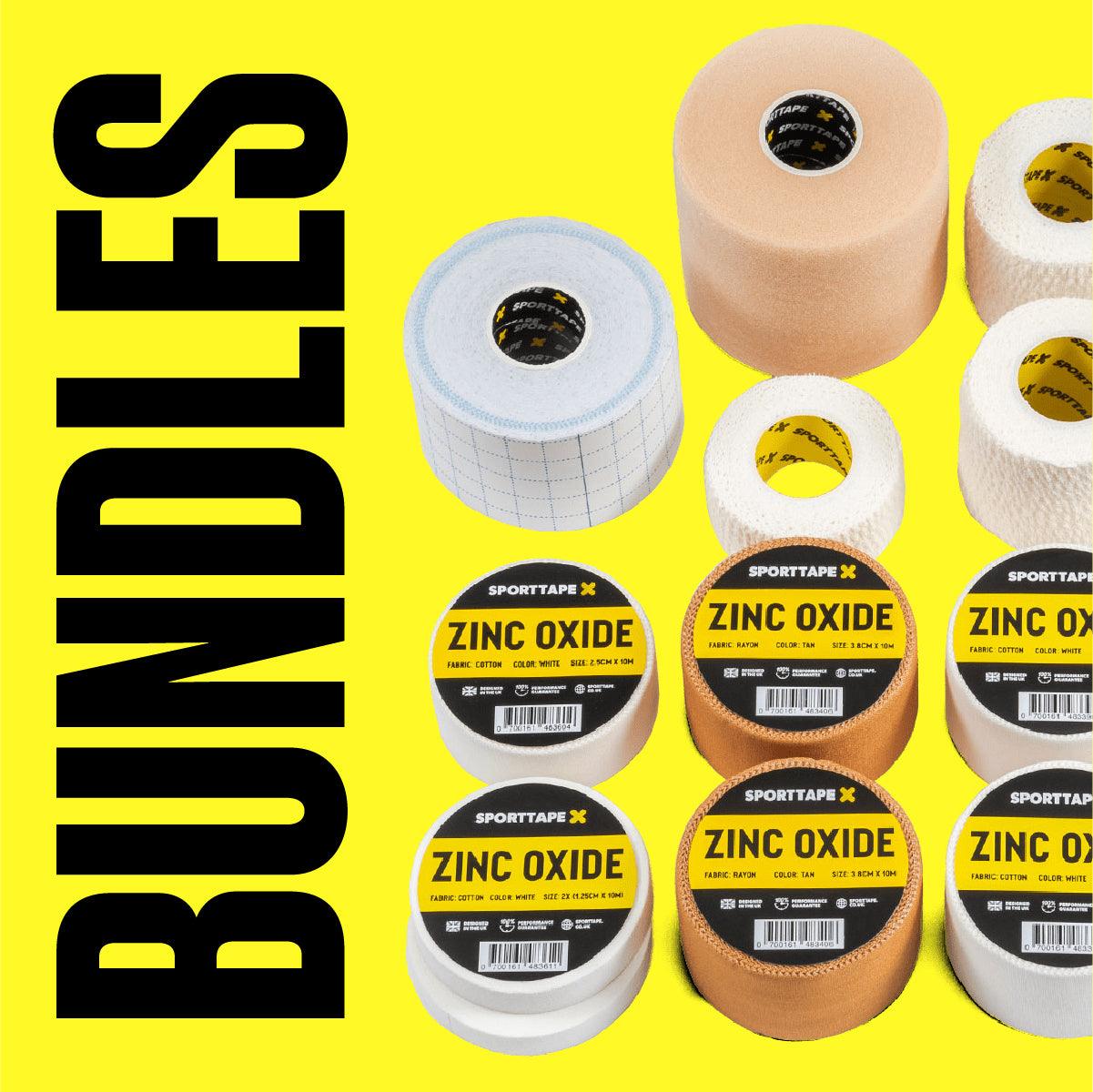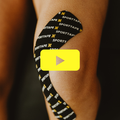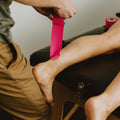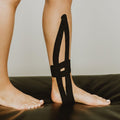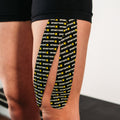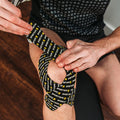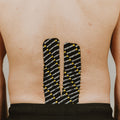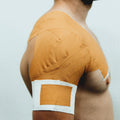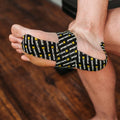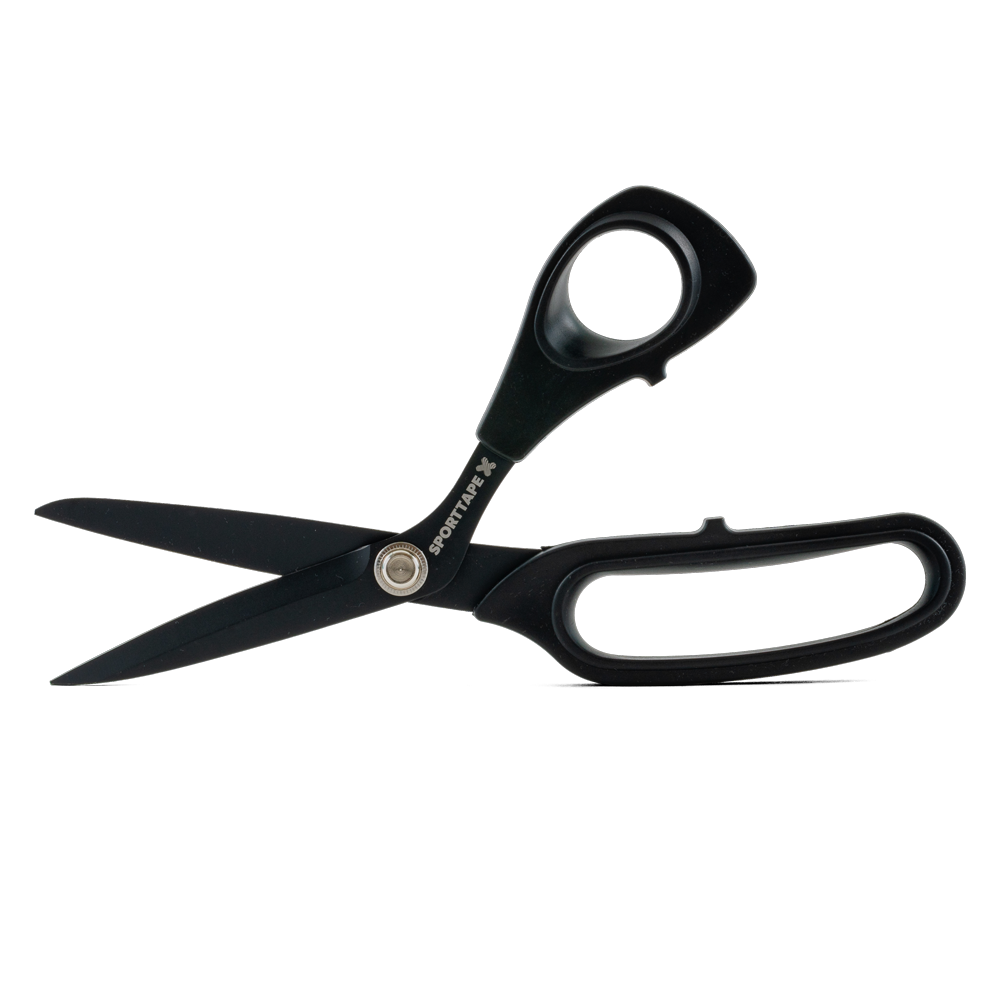Here’s a knowledge bomb that will help you prevent skin reactions or irritation when K Taping. Allergic reactions to K Tape are incredibly rare!
The majority of ‘allergic reactions’ are actually skin irritations caused by over-stretching the tape when applying, or excessive friction on the skin. All SPORTTAPE products are hypoallergenic and latex-free. Follow these 3 tips, and we guarantee a great taping experience, with no irritation.
WHAT CAUSES REACTIONS TO K TAPE:
WHAT IS KINESIOLOGY TAPE?
Kinesiology Tape is a stretchy, cotton (or synthetic) tape designed to mimic the elasticity of the skin. It’s used by athletes and therapists worldwide to provide proprioceptive feedback, pain relief and support to joints, muscles and tendons.
K Tape has rapidly become one of the most used products in sports medicine. Gracing the bodies of athletes and weekend warriors all over the world as they strive to compete injury-free. They're still commonly made from cotton with various blends of nylon, lycra and other materials to add stretch. Some contain latex (not ours), and fabric density can vary greatly.
WHAT CAUSES REACTIONS TO K TAPE?
1. EASY ON THE STRETCH
When you stretch the K Tape it recoils and lifts the skin. Over-stretching can mean excessive friction on the skin. There’s never a reason to stretch the tape beyond 50-75% and always make sure the ends of your tape (3-5cm) are stuck down with no stretch.
This is very important in ensuring you aren't left with any sort of traction reaction. From our experience, 90% of 'reactions' to K Tape are down to exactly this. Don't overstretch and apply those ends with zero stretch.
2. TEST YOUR MOVEMENT
Once you’ve applied the K Tape, move around and see if the tape feels as though it’s ‘pulling’ the skin. This'll happen if the tape is put down without the muscle being stretched. If you feel it ‘pinching’, then remove the tape and start again. You'll usually notice an irritation to the skin just around the edges of the tape.
There's always a chance it may feel fine immediately after applying it, but if 5, 10, 30 minutes later you're feeling a tightness in the area you applied your K Tape, consider reapplying to be safe.
3. TEST PATCH
Always apply a test patch if you’re using K Tape for the first time. Cut a small strip and apply it to your forearm. We'd recommend leaving it on for 30 minutes or so ideally. If it starts to itch, then remove the tape and seek medical advice on any potential allergies. It's rare, but why take the risk?
HOW DO I GET K TAPE TO STICK?
We can't all expect to the get the application perfect on the first attempt. If you're having some trouble getting the most out of your K Tape, you may just be missing a step or two in the application process. Sometimes the smallest tweak can make all the difference. Here's what we would always recommend when applying any sort of K Tape.
- Apply in advance: leave 30-45 minutes for the glue to set and stick before doing any sort of exercise.
- Round the edges: using a pair of scissors to round the edges can prevent your tape catching on any clothing and peeling up as easily.
- Clean, dry skin: Always apply your K Tape to clean, and most importantly, dry skin.
- Don't touch the glue: touching the glue can impact the tape's adhesion, so be careful during your application.
- Tape to skin: for as much of your K Tape application as you can, apply the tape to skin rather than tape.
- Give it a rub: giving the tape a good rub after your application will heat the glue up and help it to adhere more effectively.
And that's it! Those are the ways that you can avoid getting any form of a skin reaction from your K Tape. Got another question? Get in touch! We're happy to help.










